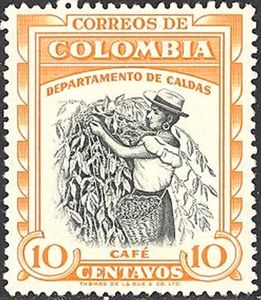Colombia, officially the Republic of Colombia is a transcontinental country largely in the north of South America. Colombia is the third-most-populous country in Latin America, and the world’s third-most populous Spanish-speaking country. It is one of the world’s seventeen megadiverse countries and has the second-highest level of biodiversity in the world. Its territory encompasses Amazon rainforest, highlands, grasslands, and deserts, and it is the only country in South America with islands and coastlines along both the Atlantic and Pacific.
Colombia has been inhabited by indigenous peoples since at least 12,000 BCE, including the Muisca, Quimbaya, and Tairona. Spaniards arrived in 1499 and by the mid-16th century annexed part of the region, establishing the New Kingdom of Granada, with Santa Fé de Bogotá as its capital. Independence from Spain was achieved in 1819, but by 1830 the Gran Colombia Federation was dissolved, with what is now Colombia and Panama emerging as the Republic of New Granada. The new sovereign state experimented with federalism as the Granadine Confederation (1858), and then the United States of Colombia (1863), before the Republic of Colombia was finally declared in 1886. Panama seceded in 1903, leading to Colombia’s present borders.
Beginning in the 1960s, the country suffered from an asymmetric low-intensity armed conflict and political violence, both of which escalated in the 1990s. Since 2005, there has been significant improvement in security, stability, and rule of law, as well as unprecedented economic growth and development.
Blogs
- Club Filatélico de Bogotá
- Club Filatélico de Medellín CLUFIME
- COPAPHIL (Colombia-Panama Philatelic Study Group)
- Stamps of Colombia
Websites
- Club Filatélico de Bogato
- Club Filatélico de Medellín
- Colombia-Panama Philatelic Study Group
- Sammlergemeinschaft Lateinamerika (Spanisch)






